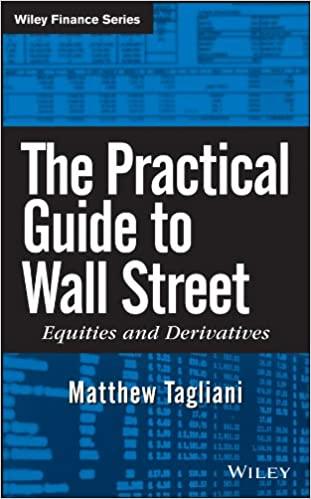
need help answering these 2 parts
Step 1: Data Download data on prices, times to maturity and coupon rates for SIX government bonds maturing in consecutive six-month intervals. Make sure that the accrued interest on the bonds, which you select, is as small as possible, Recall that Treasury bonds pay coupons either on the 15th of the month or on the last day of the month every six months. For example, if today's date is February 10, 2020 and you decide to download data for your project today, the first bond on your list should mature on July 31", 2020, the second on January 31", 2021, etc. These bonds paid their coupons in January 31", 2020, i.e. just ten days ago. The accrued interest on these bonds is negligible and you can ignore it in your calculations. If you choose bonds that mature either on February 15th of any year or on August 15th of any year, these bonds will pay their next coupon on February 15th, 2020, i.e. in five days. The accrued interest on these bonds in very large and cannot be ignored. The best source of data for this project is Bloomberg. If you cannot make it to school to use Bloomberg, use Wall Street Journal data. Step 2: Calculations Using the bootstrapping method, calculate the first six elements of the term structure of interest rates. Remember, that US Treasury bonds pay semi-annual coupons and you need to adjust your calculations to take semi-annual coupons into account. The technique is exactly the same as with annual coupons, but your time period is six months. You will find semi-annual rates. Annualize the rates. In your report for this part of the LE. Step 1: Data Download data on prices, times to maturity and coupon rates for SIX government bonds maturing in consecutive six-month intervals. Make sure that the accrued interest on the bonds, which you select, is as small as possible, Recall that Treasury bonds pay coupons either on the 15th of the month or on the last day of the month every six months. For example, if today's date is February 10, 2020 and you decide to download data for your project today, the first bond on your list should mature on July 31", 2020, the second on January 31", 2021, etc. These bonds paid their coupons in January 31", 2020, i.e. just ten days ago. The accrued interest on these bonds is negligible and you can ignore it in your calculations. If you choose bonds that mature either on February 15th of any year or on August 15th of any year, these bonds will pay their next coupon on February 15th, 2020, i.e. in five days. The accrued interest on these bonds in very large and cannot be ignored. The best source of data for this project is Bloomberg. If you cannot make it to school to use Bloomberg, use Wall Street Journal data. Step 2: Calculations Using the bootstrapping method, calculate the first six elements of the term structure of interest rates. Remember, that US Treasury bonds pay semi-annual coupons and you need to adjust your calculations to take semi-annual coupons into account. The technique is exactly the same as with annual coupons, but your time period is six months. You will find semi-annual rates. Annualize the rates. In your report for this part of the LE
 need help answering these 2 parts
need help answering these 2 parts





